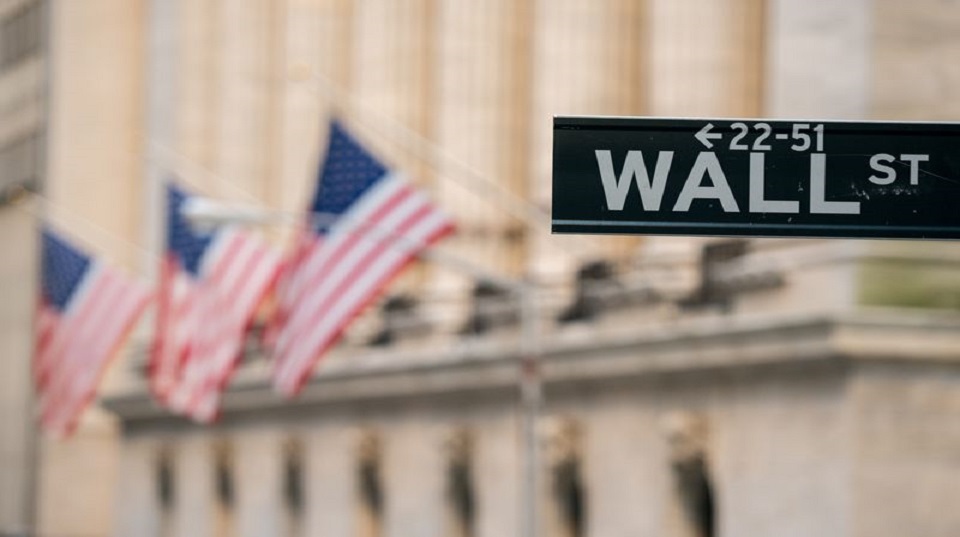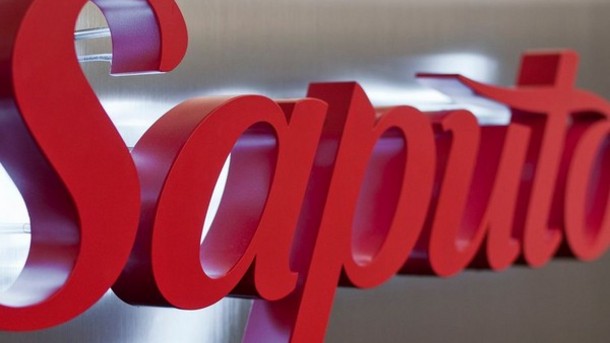by Hubert Marleau, Market Economist, Palos Management
U.S. Monetary Policy: Reading the Prevailing Winds When the Fed Is the Only Game In Town.
There are a lot of moving parts to consider when it comes to monetary policy. What will transpire between the various markets and how it will fit in geopolitical and political terms might define the parameters of the Fed’s monetary policy over the next twelve months. The foreign exchange market may become the most important market to watch.
[backc url='https://sendy.advisoranalyst.com/w/JYLmDqsFPB5F892UoC9DLyNw/g1892M8idNVuKzDuIVOSrnsQ/Ojy33NNShVjYmv763jkhZOnw']At the time of this writing, the U.S. Dollar Index (DXY)—a measure of the value of the U.S. dollar relative to a basket of currencies of the U.S.’s most significant trading partners— was 97.57. That is 3.0% higher than a year ago, but 5.3% lower than the peak of 103.01 registered on December 23, 2016. It is very important for investors to closely watch this one factor because charts show that there has not been a breakout. On the contrary, a breakdown is more of a possibility because the market consensus is crowded on the long side, especially if we end up with a surprising truce in the U.S.-China trade war or with a marked delationary reduction in U.S. economic growth.
A lot hinges on how monetary policy will react to events as we head into the second half of the year. The U.S. Federal Reserve has far more room to cut interest rates if economies go south than its developed free-market peers. On average, yields on 2-year U.S. bonds are 175 bps higher than those on Canadian, British, Japanese and European two-year notes.
Despite this huge yield advantage in favour of the U.S., the Fed decided on Wednesday to stay put for now, but made it quite clear that it would move into a full-blown rate-cut mode if financial, international and/or economic conditions were to dictate that a much easier monetary strategy would be appropriate.
I’m sure that they had a spirited and heated debate as to whether interest rates be cut or not. It's not only the question of whether we are in a natural settling of the business cycle or being subject to an international trade shock reeking havoc on the economy. What we have is an abnormal scenario that is complicated by accusations of politicization.
Although the current circumstances are handicapping the work of the Fed, the monetary officials know that interest rate decisions must be based on how the economy is performing. In this regard, opinions over where the Fed should take monetary policy over the six months varies. Despite this unfamiliar dilemma, the central bank, as with every quarter end, produced a chart of policy makers’ individual projections for interest rates that boldly assumed existing conditions.
On the one hand, there are indices, like the Morgan Stanley’s Business Conditions Index, which are designed to capture turning points showing that the deterioration in economic activity is broad and vulnerable to further escalation of a trade conflict with China.
As a matter of fact, the NY Fed’s Empire Manufacturing Index, the FTR Trucking Conditions Index and the Bloomberg Industrial Metals Subindex are behaving as though an economic slowdown is in the offing.
While Wall Street may want a security blanket to offset the rattling effect of Trump’s trade wars, the officials at the Fed may believe that the economy is not in as bad a shape as the the yield curve inversion suggests, hoping that the G20 meeting will bring solace.
Moreover, solid demand for corporate bonds is signaling optimism from certain investors known for their caution. It’s a development that is in complete contrast to the curve inversion which is helping ease worries about an economic contraction.
Additionally, the Fed is aware that:
1) The U.S.-China trade conflict is having a psychologically disruptive effect, on the manufacturing sector that is perhaps temporary.
2) The length of the economic expansion may still have a long way to go. If the dates of business cycles had been determined by rules that most other countries apply, the recession of Q2 and Q3 of 2001 would have been erased. It would have shown that the longest expansion in U.S. history is not a ten-year but seventeen years—Q1/1991 to Q4/2007.
3) If a cyclical downturn is to occur, where growth dips below potential, it will result from a basic economic slowdown rather than a 2008-type financial shock. On the other hand, a string of good news, such as fresh bullish data on retail sales, industrial production and business inventories is forcing high-frequency GDP models to recalculate their estimates for the Q1 growth to 2.2% from a previous low of 1.3%. Consumer sentiment may have slipped a bit as measured by the University of Michigan, yet remains very high by historical standards.
Yet, the Fed is fully aware that:
1) A break-up of the global supply chains would have a supply-side effect that would impose serious operating and capital costs on multinational firms.
2) The market is demanding lower interest rates to appease nerves. The neutral rate (1.83%) is 55 bps below the policy rate (2.38%). The money market is making a big bet that the deflation scare is real.
3) Many foreign markets (Australia, South Africa, India, Malaysia, Philippines) have already lowered their interest rates. This trend is likely to broaden over the coming months. Egypt, Indonesia, Mexico and South Korea are expected to follow suit soon.
Central banks are responding to signs that the global economy is losing momentum. Other systemically important central banks like the Bank of Japan, the ECB and the People’s Bank of China have recently made comments that they have no choice but to ease their monetary stance. The World Bank expects a slowing of growth of the global economy to 2.6% in 2019, due to falling trade and investment flows, in what could be the slowest expansion since 2016.
4) Consumer expectations for inflation are mirroring market expectations. A recent survey by The University of Michigan showed that the general public expect median prices to print 2.2% during the next 5-10 years—-a record low.
The bottom line is that stock and monetary operators are clueless as to where the stock market or the economy is heading. The stock market is as confused as the Fed when it comes to what is next. Consequently, one should expect that the two will vehemently react to events as they unfold. Why?
Two highly sophisticated markets have opposite views. The gold market which is up almost 10% year-to-date is counting on the theory that an easier monetary policy will eventually bring about more inflation.
The bond market which is also up by almost 10% year-to-date, relying on rational expectation theory, has serious reservations about whether the central bank is capable of reflating the global economy. The situation explains why the S&P 500 has been boxed in between 2450 and 2950 since last September.
In my judgement, the future performance of the misery index, which is the inflation rate plus unemployment rate, will likely determine what will be the future behaviour of the stock market. At this time, the misery index is 54----- 1.8% for inflation plus 3.6% for unemployment.
This is the perfect setup for the stock market---low inflation and low unemployment. Its nirvana because it represents price stability and full employment. The big question is whether this state of equilibrium can remain. It will depend on one element--productivity. Those of you who read regularly my weekly missive know that I have a favourable view on this supply side factor of production.
Should the annual gain in productivity retain it’s 1.75% annual trend, the Fed would be able to stave off recession, keep inflation in check and maintain a lower but reasonable growth. Such a scenario would allow interest rate differentials with the rest of the world to narrow, creating some downward pressure on the exchange value of the dollar.
Copyright © Palos Management














